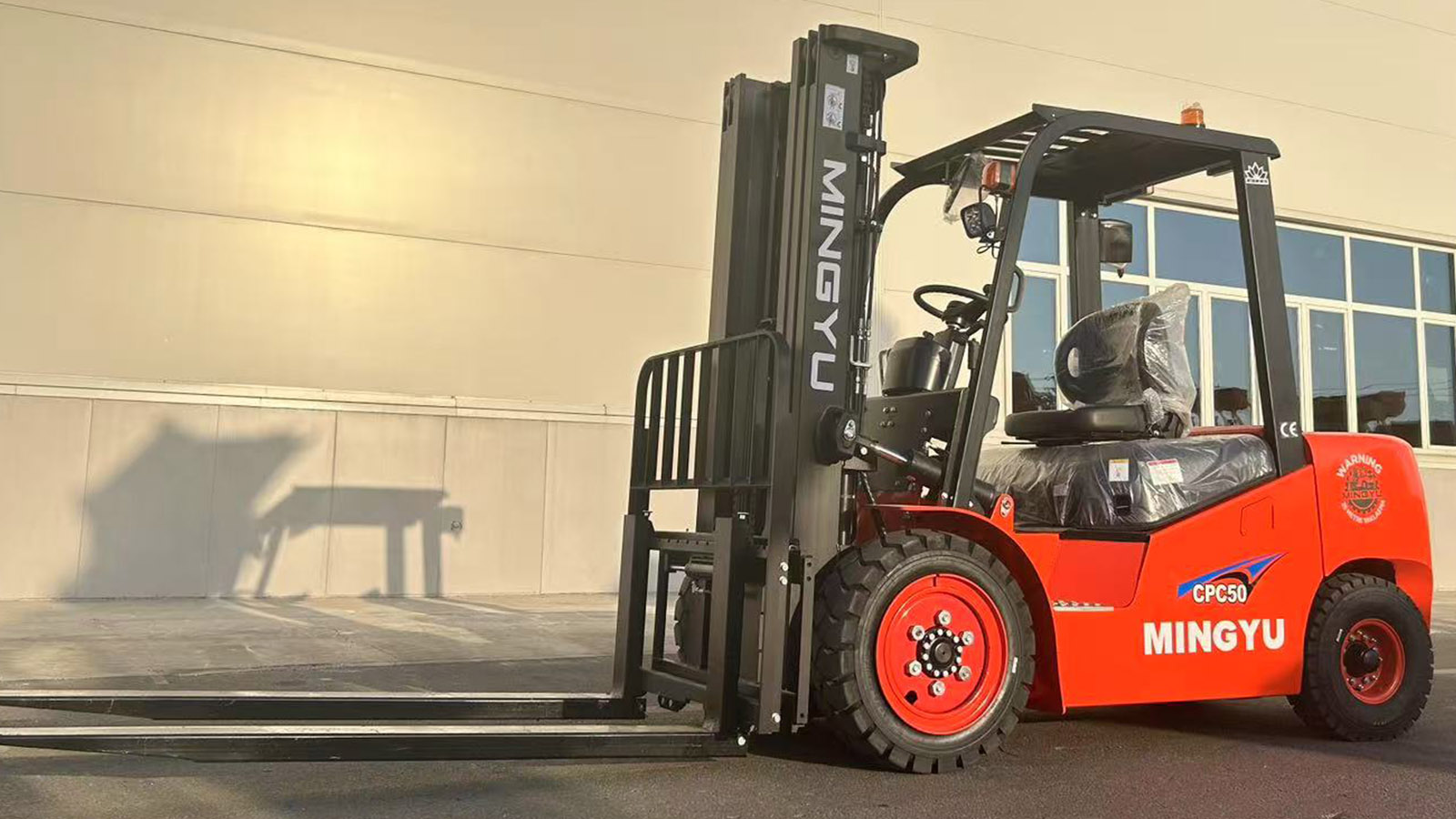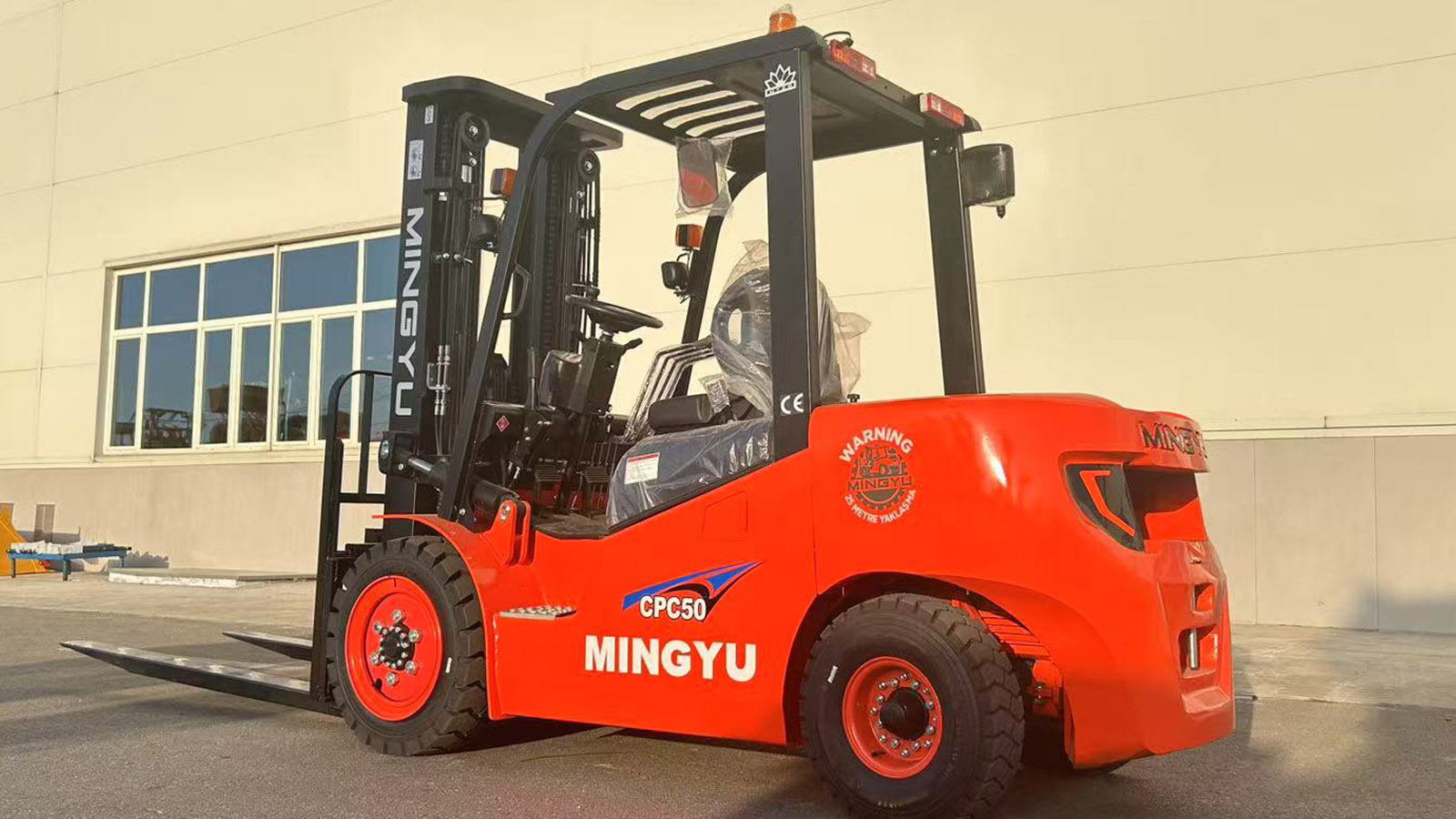I. Introduction
Diesel forklifts remain essential workhorses in industries ranging from warehousing and logistics to construction and manufacturing. Their robust power and reliability make them indispensable for heavy-duty material handling. However, the environmental impact of diesel emissions has become a growing concern, prompting stringent regulations to mitigate pollution. This article aims to demystify the latest diesel forklift emission standards, specifically Tier 4 Final and EU Stage V, and to explore how these regulations affect the daily operation of these vital machines. We'll delve into the science behind emissions, examine the technology used to reduce them, and analyze the operational and cost implications for businesses. Finally, we'll look at the future of forklift technology and the potential for cleaner alternatives.
II. Understanding Diesel Forklift Emissions
Diesel engines, while powerful, produce a range of pollutants that pose significant health and environmental risks. The primary culprits include: Nitrogen Oxides (NOx), which contribute to smog and acid rain; Particulate Matter (PM), tiny particles that can cause respiratory problems; Carbon Monoxide (CO), a poisonous gas; and Hydrocarbons (HC), which contribute to ground-level ozone. These emissions contribute to air pollution, respiratory illnesses, and climate change. Historically, emission regulations have progressively tightened, driving manufacturers to develop cleaner engine technologies. Understanding the distinction between regulated and unregulated pollutants is vital. Regulated pollutants are subject to specific limits, while unregulated pollutants may still pose risks but are not yet subject to mandated controls.
III. Latest Emission Standards: Tier 4 Final and Beyond
The most recent and stringent emission standards for diesel forklifts are the EPA's Tier 4 Final in the United States and EU Stage V in Europe. These standards significantly reduce the allowable levels of NOx and PM, requiring advanced engine and aftertreatment technologies. Tier 4 Final, for example, mandates near-zero levels of PM and NOx, pushing manufacturers to develop sophisticated systems. Regional variations exist, with some jurisdictions implementing stricter regulations than others. Looking beyond Tier 4 Final and Stage V, there is a push for even lower emissions and a focus on greenhouse gases. Future standards may involve even stricter limits on existing pollutants and the introduction of new regulations targeting CO2 and other greenhouse gases. These standards have fundamentally reshaped engine design, leading to the adoption of advanced combustion strategies, electronic controls, and sophisticated aftertreatment systems.
IV. Aftertreatment Systems: Technology and Function
To meet the stringent emission standards, diesel forklifts now incorporate advanced aftertreatment systems. These systems work in tandem to reduce pollutants after they are produced by the engine. Key components include:
Diesel Oxidation Catalyst (DOC): This system oxidizes hydrocarbons and carbon monoxide into less harmful substances.
Diesel Particulate Filter (DPF): This filter traps particulate matter, which is then periodically burned off through a process called regeneration.
Selective Catalytic Reduction (SCR): This system uses Diesel Exhaust Fluid (DEF), a urea-based solution, to convert NOx into nitrogen and water.
Each system plays a crucial role in reducing specific pollutants. Maintenance is essential for these systems to function correctly. DPF regeneration, for example, requires specific operating conditions and may necessitate occasional manual intervention. DEF levels must be consistently monitored and replenished for SCR systems to operate effectively. Engine Control Units (ECUs) play a critical role in optimizing aftertreatment performance by monitoring sensor data and adjusting engine parameters.
V. Operational Impacts of Emission Standards
The implementation of Tier 4 Final/Stage V standards has led to significant changes in forklift operation. Engine design has evolved, with more complex systems and electronic controls. Fuel efficiency may be affected, although advancements in engine technology aim to mitigate this. Maintenance has become more complex, requiring specialized knowledge and tools. Proper DPF regeneration is crucial to prevent clogging and downtime. DEF management is also essential, requiring operators to monitor fluid levels and ensure proper quality. Operator training is vital to ensure proper use and maintenance of these new systems. Indoor operations are impacted greatly due to the reduced emissions. However, proper ventilation is still necessary. Cold weather operation can cause issues with DEF freezing, which must be addressed through heated tanks and lines.
VI. Cost Implications and Return on Investment
Tier 4 Final/Stage V compliant forklifts typically have a higher purchase price than their predecessors due to the advanced engine and aftertreatment technologies. However, long-term cost savings may be realized through improved fuel efficiency and reduced maintenance requirements. Potential incentives and rebates for adopting cleaner technology can further offset the initial investment. The impact on resale value is also a consideration, as compliant forklifts are likely to command higher prices in the used market. It is important to perform a full total cost of ownership (TCO) calculation to determine the overall economic impact.
VII. Alternative Technologies and Future Trends
The rise of electric and hybrid forklifts presents a viable alternative to diesel, especially in indoor applications. Advancements in battery technology are driving increased adoption of electric forklifts, offering zero emissions and reduced noise. Alternative fuels, such as biodiesel and renewable diesel, are also being explored as potential solutions. Further tightening of emission standards is expected, driving the development of even cleaner engine technologies. Telematics systems are playing an increasingly important role in monitoring and optimizing emissions, providing real-time data on engine performance and aftertreatment system health.
VIII. Compliance and Best Practices
Staying compliant with emission regulations is essential for avoiding penalties and ensuring environmental responsibility. Proper maintenance and operation of compliant forklifts are crucial for maximizing performance and minimizing emissions. This includes using high-quality fuel and fluids, adhering to maintenance schedules, and ensuring proper DPF regeneration and DEF management.
IX. Conclusion
The latest diesel forklift emission standards have significantly impacted engine design and operation, requiring advanced technologies and increased maintenance. Balancing environmental responsibility with operational efficiency is crucial for businesses that rely on diesel forklifts.
Post time:Mar.24.2025



